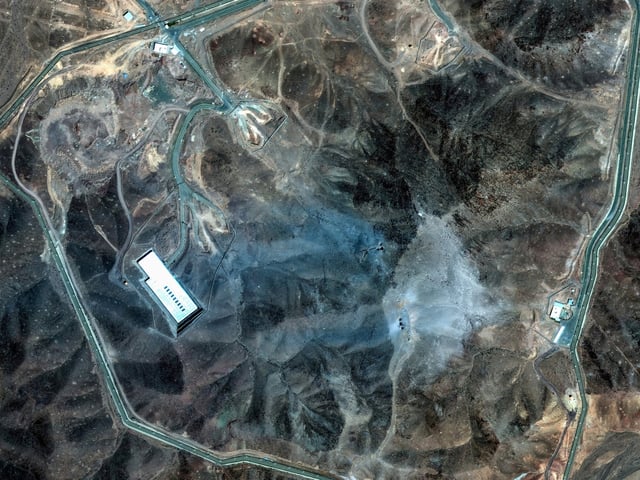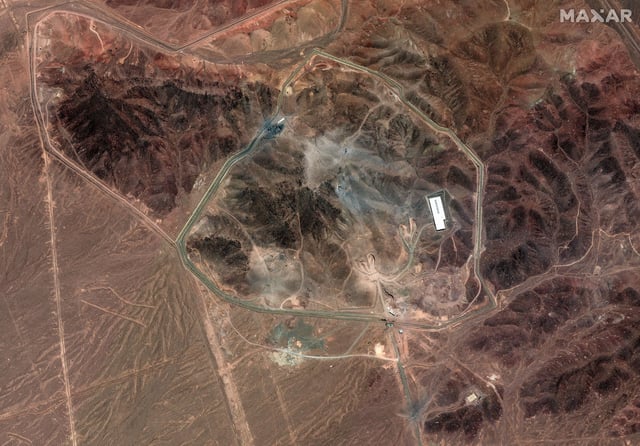Overview
- A US-brokered ceasefire between Iran and Israel remains in effect as diplomats work to confirm the extent of the damage and curb Iran’s nuclear revival.
- A leaked Defense Intelligence Agency report finds strikes on Fordow, Natanz and Isfahan set back Iran’s program by merely months, contradicting President Trump’s assertion of total destruction.
- The assessment reveals Iran moved a large share of its 60 percent enriched uranium to secret underground sites before the bunker-buster attacks.
- The White House has rejected the leaked findings as “flat-out wrong,” insisting that massive bombs “obliterated” the nuclear facilities.
- The International Atomic Energy Agency cannot verify underground damage or locate Iran’s 400 kg enriched uranium stockpile after Tehran suspended IAEA cooperation.



